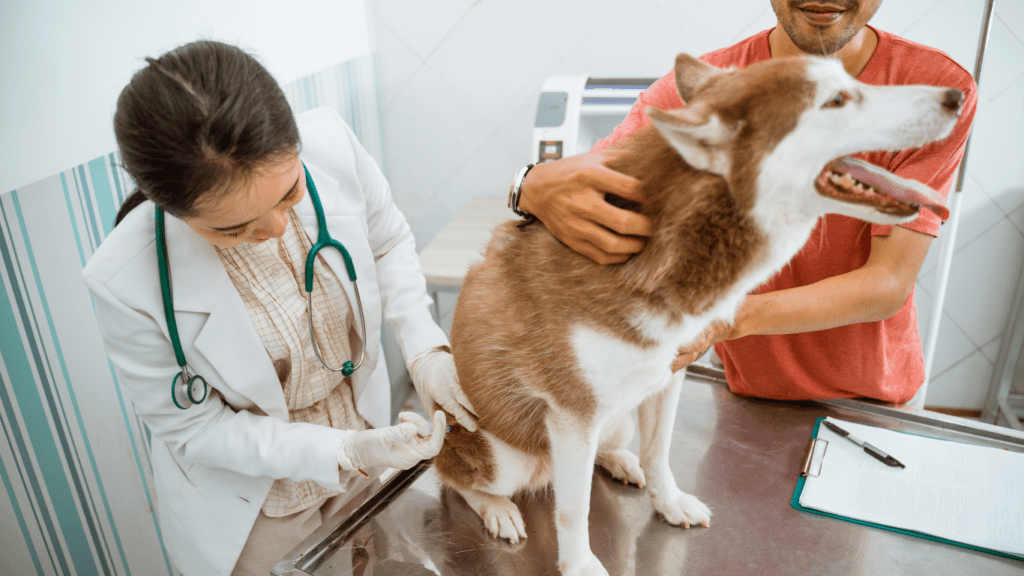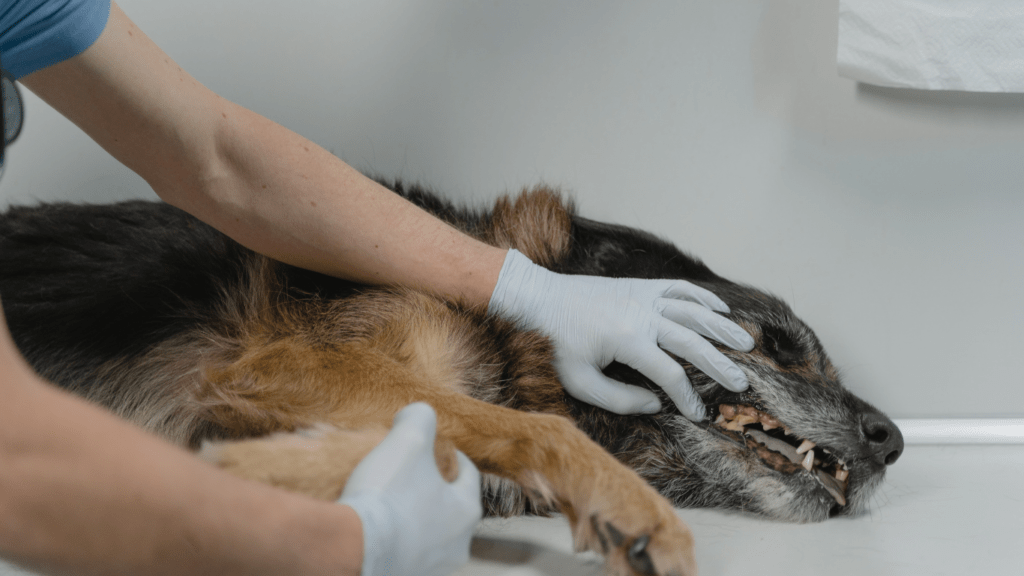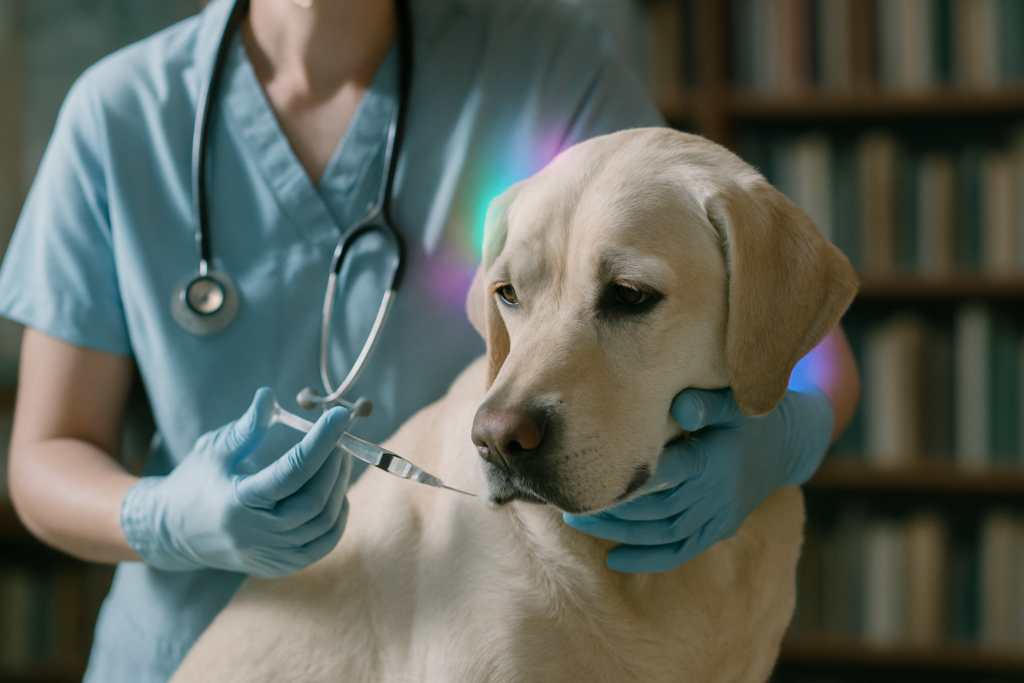As a pet owner, facing a situation where your furry friend is in distress can be overwhelming. Knowing how to respond swiftly and effectively in such emergencies can make all the difference. In this article, I’ll guide you through essential steps to take when your pet is in trouble, ensuring you’re prepared to handle unexpected situations with confidence.
From sudden injuries to unexpected illnesses, being equipped with the right knowledge can be lifesaving for your beloved companion. I’ll share key insights on recognizing signs of distress, administering basic first aid, and when it’s crucial to seek professional veterinary care. By understanding the fundamentals of emergency pet care, you can be a proactive and vigilant guardian for your pet’s well-being.
Stay tuned as we delve into the crucial aspects of emergency care for pets, empowering you to be a competent and composed caregiver during challenging moments.
Overview of Emergency Care for Pets
In emergencies involving pets, quick and appropriate actions are crucial for their well-being. Being prepared to handle unexpected situations with your pet can make a significant difference in the outcome. Here, I’ll outline key aspects of emergency care for pets to help you navigate challenging scenarios effectively.
Recognizing Signs of Distress
Understanding the signs of distress in pets is crucial in ensuring timely intervention. Symptoms such as difficulty breathing, excessive drooling, uncontrolled bleeding, and sudden changes in behavior can indicate that your pet needs immediate attention. It’s vital to observe your pet’s normal behavior and act promptly if you notice any unusual signs of distress.
Administering Basic First Aid
Basic first aid knowledge can be invaluable in stabilizing your pet’s condition before professional help is available. Simple actions like applying pressure to stop bleeding, preventing choking hazards, and stabilizing fractures can make a difference in emergencies. However, it’s essential to remember that first aid is not a substitute for professional veterinary care.
Knowing When to Seek Professional Veterinary Care
While first aid measures can address immediate concerns, seeking professional veterinary care is essential for comprehensive treatment. Veterinarians have the expertise and resources to diagnose underlying issues, provide appropriate treatment, and ensure your pet’s recovery. In critical situations or when unsure about the severity of your pet’s condition, it’s best to consult a veterinary professional immediately.
By being proactive, informed, and ready to act decisively in emergencies, pet owners can safeguard their pets’ well-being and potentially save lives. Stay prepared, stay aware, and prioritize your pet’s health by familiarizing yourself with these fundamentals of emergency care for pets.
Common Pet Emergencies
As a pet owner, recognizing signs of emergency situations is crucial. It’s essential to be aware of potential indicators that your pet may be in distress to act promptly and effectively in such situations.
Recognizing Signs of Emergency Situations
I always keep an eye out for common signs of emergency situations in my pet, such as difficulty breathing, sudden weakness, or prolonged vomiting. Recognizing these signs early on can help me take the necessary steps to ensure my pet’s well-being.
What to Do When Your Pet Is Injured

In the unfortunate event that my pet is injured, my immediate response is to stay calm and assess the situation carefully. By carefully examining the injury and keeping my pet as comfortable as possible, I can then seek veterinary care promptly to address the issue effectively.
- First Aid Tips for Pet Owners
In an emergency involving our beloved pets, quick and appropriate actions can be pivotal in ensuring their well-being. Here are essential first aid tips that every pet owner should be aware of: - Pet First Aid Kit Essentials
Stock up on a pet first aid kit that includes items like gauze, adhesive tape, scissors, antiseptic wipes, and tweezers.
Include your pet’s medical records, current medications, and contact information for your veterinarian in the kit.
Basic Wound Care
- For minor cuts or scrapes, clean the wound with mild soap and water.
- Apply an antiseptic ointment and cover the wound with a bandage or gauze to prevent infection.
Handling Fractures
- If you suspect a fracture, gently immobilize the injured limb with a splint made of cardboard or towels before transporting your pet to the vet.
- Avoid putting pressure directly on the injured area.
Dealing with Heatstroke
- Move your pet to a shaded area and apply cool, wet towels to lower their body temperature.
- Offer small amounts of water to drink and avoid using ice-cold water, which can constrict blood vessels.
Emergency CPR for Pets
- If your pet stops breathing, gently lay them on their side and perform chest compressions at a rate of 100-120 per minute.
- Check for any obstructions in the airway and give rescue breaths if needed.
Recognizing Poisoning Symptoms
- Watch out for signs of poisoning such as vomiting, diarrhea, seizures, or dizziness.
- Contact a pet poison helpline or your veterinarian immediately for guidance.
Transporting an Injured Pet
- Use a firm surface like a board or a blanket to move an injured pet without flexing the injured area.
- Keep the pet warm and secure during transportation to the vet.
Being prepared to handle emergencies with your pet is vital for their safety and well-being. Remember, these first aid tips are meant to provide temporary assistance until professional veterinary care can be sought. Stay informed, stay calm, and be ready to act decisively to ensure the best outcome for your furry friend.
Preventing Pet Emergencies
To prevent pet emergencies, I recommend being proactive and implementing these essential tips in your daily routine. By taking preventive measures, you can minimize the risk of your pet getting into dangerous situations that may lead to emergencies. Here are some key strategies to help you prevent pet emergencies:
Regular Veterinary Check-ups
Schedule regular check-ups with your veterinarian to monitor your pet’s health and catch any potential issues early on. Routine examinations can help detect underlying health issues before they escalate into emergencies.
Maintain a Pet-Safe Environment
Create a pet-friendly environment by removing hazards such as toxic plants, small objects that can be swallowed, and securing windows and doors to prevent escapes. Keeping your home safe can prevent accidents and injuries.
Proper Nutrition and Exercise
Feed your pet a balanced diet appropriate for their age and size, and ensure they get enough exercise to maintain a healthy weight. Proper nutrition and regular exercise can prevent obesity-related health issues.
Pet Identification
Ensure your pet has a collar with an ID tag containing your contact information. Microchipping your pet is also recommended as a permanent form of identification. In case your pet gets lost, proper identification can help reunite you with your furry friend.
Training and Socialization
Train your pet to respond to basic commands and socialize them with other animals and people. Proper training can prevent behavioral issues that may lead to emergencies, such as aggression or running away.
By following these preventive measures, you can significantly reduce the chances of your pet facing emergencies. Taking proactive steps to ensure your pet’s safety and well-being is essential for their overall health and happiness.




